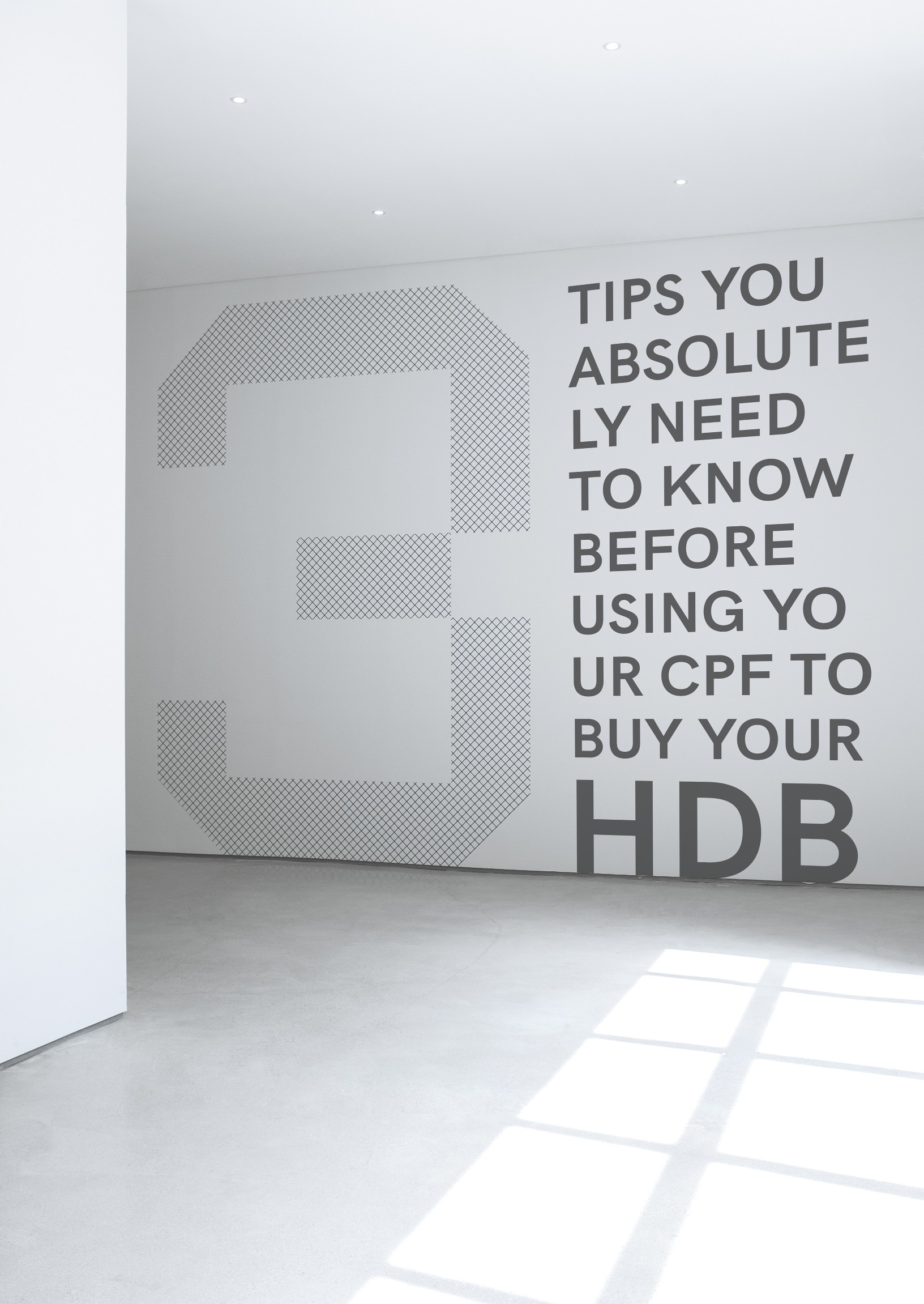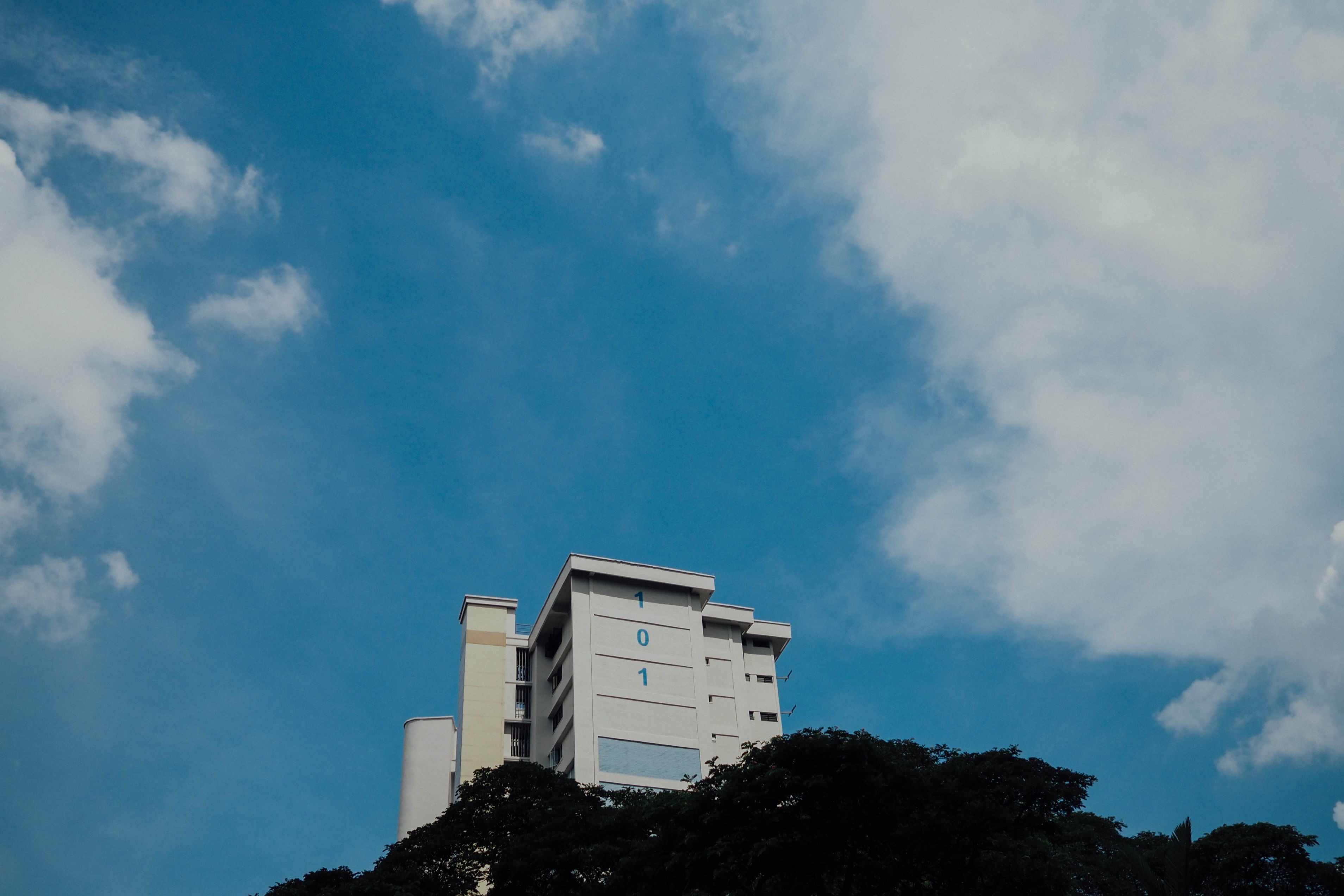3 tips you absolutely need to know before using your CPF to buy your HDB

Get The Property Insights Serious Buyers Read First: Join 50,000+ readers who rely on our weekly breakdowns of Singapore’s property market.
Even though Singaporeans talk about CPF all the time whether it be their appreciation or grudges for it, it still comes to a shock to many when they discover things that were not communicated to them upon purchasing their home. Here are the 3 absolute things you need to know before you purchase your home.
1. You have to pay back accrued interest on your CPF housing grant
No doubt, the CPF housing grants do help to reduce the cost. But it is not a direct deduction of the price of the HDB flat, but it is credited into your CPF account and then deducted straight away. As a result, when you do sell off your flat, you will have to “pay” back the grant to your CPF account with the accrued interest.
2. You have to pay back accrued interest on your CPF money used to pay off the flat
Firstly, you will HAVE to pay back whatever that was used to pay for the flat using your CPF.
Secondly, you HAVE to pay back the accrued interest on that amount that was withdrawn. To put it simply, you are effectively borrowing from your pension fund to pay off your flat. This is because if at any point you decide to sell, you will have to pay back into your CPF account the same amount that was taken out PLUS INTEREST (2.5%). This accrued interest is what you would have earned had you not used your CPF to pay the monthly mortgage. Of course at the end of the day, it is still your money that would help towards your retirement. But many people do not like the idea of this forced savings, and that will be another story for another day.
You can view the amount that is refundable to your CPF account in your property statement here.
In general, you have to remember that your cash proceeds will never be as high as you would think. This is because after the sale of the house, the bank will be paid off first, next will be your CPF account, and finally the remaining in cash. So the longer you have used your CPF to pay off your HDB flat, the less cash proceeds you will get back when you sell it off.
However, one important point is if the sale proceeds after paying off any outstanding mortgage are lower than the sum of principal amount and accrued interest, you will not be required to top up the shortfall as long as the property is sold at or above current market value.
Lastly, if you are above 55, the CPF refund into your OA will be used to top up both your Retirement Account and Medisave Account to the latest respective minimum sums. Any excess CPF funds will be paid to you within 5 working days.

Property AdviceCPF Accrued Interest: Why You Should Not Pay For Your HDB With CPF
by Sean Goh3. You could potentially save more if you do not use your CPF to pay
Not many people can use cash to build wealth at more than 2.5% earned in CPF OA or 4% in the SA. As you would earn 2.5% interest on the monies in your CPF account, some more prudent people might look towards the long term and use cash to pay and then use their CPF as a forced savings to build up for their retirement.
For simplicity sake let us assume a monthly mortgage of $1,000.
| Person A | Person B | |
|---|---|---|
| Cash Outlay | $1,000 | $0 |
| CPF Outlay | $0 | $1,000 |
| Money in CPF OA after 20 years (@ 2.5% interest rate) | $310,975 | $0 |
Source: D&S
So over the 20-year period, Person A would have paid $240,000 in terms of mortgage (not inclusive of interest). If this amount was left in the CPF OA account, it would have garnered $310,975, an extra savings of $70,795.
However, of course this comes at the expense of flexibility. This means that if you do not manage your cash flow well, if there is an emergency or an unexpected retrenchment it could be problematic.
As usual, if this has helped you please consider sharing it! If not feel free to comment or let us know your thoughts!
If you’d like to get in touch for a more in-depth consultation, you can do so here.
Have a real estate question, or not sure what your options are? Email us at stories@stackedhomes.com.
Sean Goh
Sean has a writing experience of 3 years and is currently with Stacked Homes focused on general property research, helping to pen articles focused on condos. In his free time, he enjoys photography and coffee tasting.Read next from Property Advice

Property Advice Should We Buy An Old 99-Year Leasehold Condo To Live In: Will It’s Value Fall When The Lease Runs Out?

Property Advice We Own A $800K 1-Bedder And A $1.1M 3-Bedder: Is It Possible To Upgrade To A 4-Bedder Condo?

Property Advice I Own A 55-Year-Old HDB Flat, But May Have To Sell — Can I Realistically Buy A Freehold Condo With $700K?

Property Advice We Own A 2-Bedder Condo In Clementi: Should We Decouple To Buy A Resale 3 Bedder Or Sell?
Latest Posts

Singapore Property News HDB Resale Prices Finally Slowed in 2025 — Will It Continue in 2026?

Singapore Property News Breaking News: District 23 Condo Sells Out In Under Two Years At $2,120 Psf Average

On The Market Here Are The Cheapest 3-Bedroom Condos in Central Singapore You Can Still Buy From $1.15M

Property Market Commentary Why The Singapore Property Market Will Be Different In 2026 — And It’s Not Just About Prices

Editor's Pick 2025 Year-End Review Of The Singapore Property Market: What The Numbers Reveal

Pro This 21-Year-Old Condo Didn’t Sell Out Initially, Yet Became A Top Performer

Editor's Pick How The HDB Resale Market Performed In 2025, And What It Means For 2026 Prices

Editor's Pick 4 Key Trends Reshaping Singapore’s New Launch Condo Market In 2026

Editor's Pick What I Only Learned After My First Year Of Homeownership In Singapore

Singapore Property News Why More Land Doesn’t Automatically Fix Housing In Singapore

On The Market Here Are The Cheapest 4-Room HDB Flats in Central Singapore You Can Still Buy From $490K

Pro How A Once “Ulu” Condo Launched In 1997 Became A Top Performer

Editor's Pick I Reviewed A New Launch 4-Bedroom Penthouse At Beauty World

Property Market Commentary When Renting In Singapore Is The Smarter Move — And Buying Can Wait

Editor's Pick Why Singaporean Families Are Looking At This Landed Enclave From Around $4M


